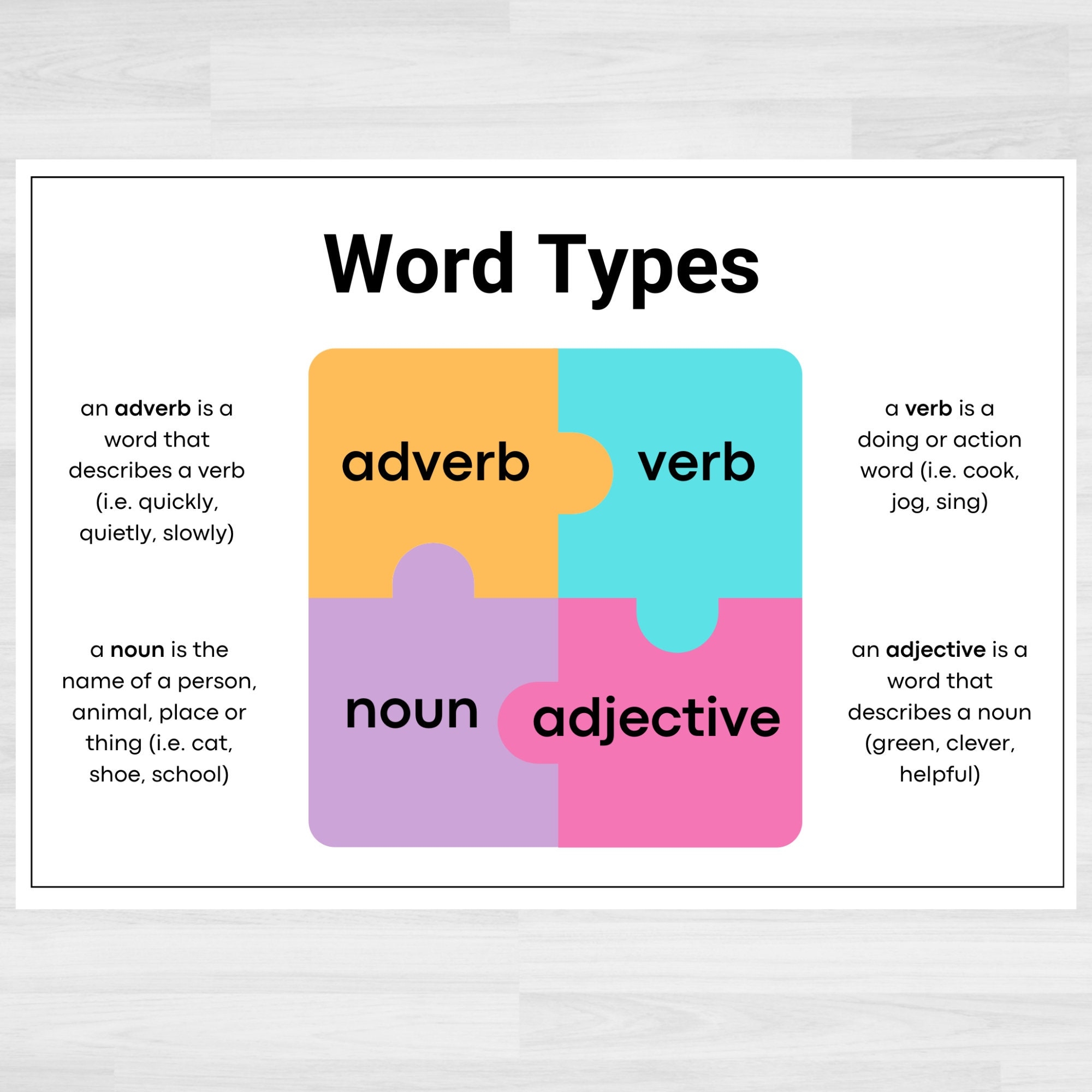Understanding parts of speech is essential for effective communication in any language. Nouns, verbs, adjectives, and adverbs are the building blocks of sentences, each serving a unique purpose in conveying meaning. In this article, we will explore examples of each and how they function within a sentence.
By understanding the roles that nouns, verbs, adjectives, and adverbs play in sentences, you can enhance your writing and speaking skills. Let’s dive into a list of examples for each part of speech to help you grasp their importance in language.
List of Nouns, Verbs, Adjectives, and Adverbs
1. Nouns: car, book, teacher, happiness, dog
2. Verbs: run, eat, sleep, write, dance
3. Adjectives: beautiful, tall, intelligent, delicious, happy
4. Adverbs: quickly, carefully, loudly, happily, slowly
Nouns are words that represent people, places, things, or ideas. Verbs are action words that express what the subject of the sentence is doing. Adjectives describe or modify nouns, adding detail and specificity. Adverbs modify verbs, adjectives, or other adverbs, providing more information about how, when, or where an action takes place.
For example, in the sentence “The quick brown fox jumps over the lazy dog,” “fox” is a noun, “jumps” is a verb, “quick” is an adjective describing the fox, and “quickly” is an adverb modifying the verb “jumps” by indicating how the fox is jumping.
Using a variety of nouns, verbs, adjectives, and adverbs in your writing can make your language more vivid and engaging. Experiment with different combinations to see how they can impact the tone and meaning of your sentences. Practice identifying and using these parts of speech to improve your overall communication skills.
In conclusion, mastering the use of nouns, verbs, adjectives, and adverbs is crucial for effective communication. By incorporating a diverse range of words from each category into your writing and speech, you can enhance clarity, precision, and creativity in your language use. Keep practicing and experimenting with these fundamental building blocks of language to become a more skilled and versatile communicator.
